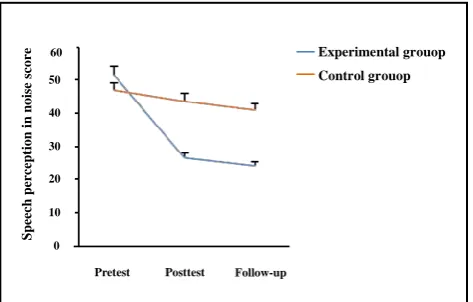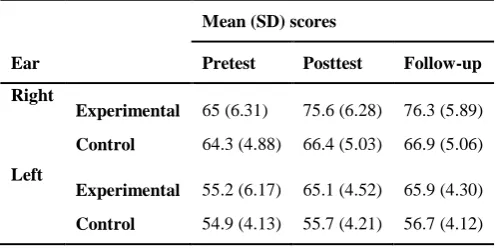The effectiveness of central auditory processing rehabilitation program on speech reception in noise and dichotic listening in dyslexic students
Full text
Figure



Related documents
In summary, key design considerations revealed in the reviewed studies were: an a priori aim to recruit a representative sample; a reliable sampling frame to check
A hardship withdrawal will not be permitted unless it is “made on account of an immediate and heavy financial need of the employee and is necessary to satisfy the financial
The great majority are accumulation funds (individual savings funds, not defined benefit pension plans), with investment choice offered in 93 percent of Industry Funds, which hold
There was an interaction between the dietary fat amount and VD content regarding liver 25(OH)D 3 levels: the level was significantly lower in the HFD-HVd group compared with the
2.1.1 Brute Force Attack: It is a cryptanalytic attack in which exhaustive key search is done. Here every possible option is taken into consideration to break the password until
For this, five samples of commercially teas "insulin plant" were obtained; aqueous extracts were prepared; and thereafter, they were tested for inhibition of
The UE then sends an Attach Complete message to the MME, which sends a Modify Bearer Request to the S-GW, which responds by sending a Modify Bearer Response
The proportion of deaths attributed to chronic non- communicable causes in our study (30.7%) was similar to the 34.5% (cardiac diseases, other non-communicable diseases,